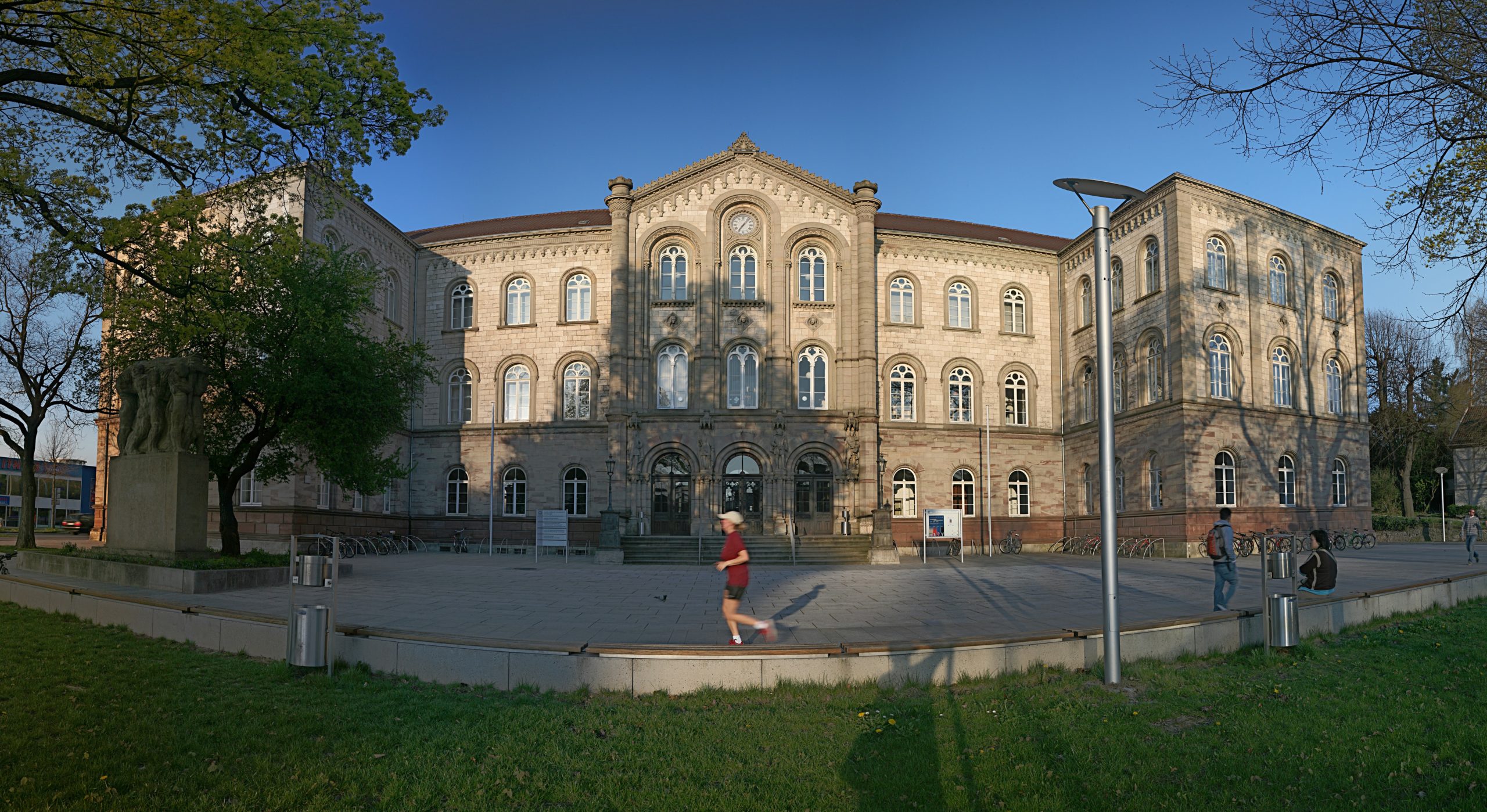University Of Göttingen Experts Investigate Extensive Global Wetlands Loss Over Past 300 Years
The drainage of natural wetlands has been useful for farming, forestry and peat extraction, but has also had a major impact on greenhouse gas emissions, flood control, nutrient loss and biodiversity. In a global study, an international research team led by Stanford University has reconstructed where and when wetlands were converted between the years 1700 and 2020, and why this was done. The University of Göttingen was involved in the study, for instance, regarding information on agricultural projects to convert wetlands as well as about drainage in irrigated agriculture. The results were published in the journal Nature.
The team was able to show that at least 3.4 million square kilometres of wetlands were mostly converted for use as farmland during the period studied: an area roughly the size of India. The scientists estimate that wetland ecosystems have declined by about 21 to 35 percent over the past 300 years due to human intervention. This is far less than the 50 to 87 per cent loss estimated in previous studies. The lower estimate is probably due to the fact that the study did not focus solely on regions with historically high wetland losses. Wetland loss was greatest in the mid-20th century, with regional concentrations in Europe, the USA and China. More than 80 per cent of the former natural wetlands have been drained in Ireland, Hungary, Lithuania, Germany and Italy. In general, the former wetlands in the temperate regions have been particularly badly affected, while the remote boreal-arctic peatlands have remained comparatively intact.
“This is the first systematic, data-based analysis of the extent of wetland loss worldwide over such a long period of time and the results are clearly significant,” says Professor Stefan Siebert from the Department of Crop Sciences at the University of Göttingen, who was involved in the study. “There are two important aspects to these findings: they contribute to a better understanding of the causes of wetland loss; and, the new data enable us to better quantify the effect of these land use changes in follow-up studies, for example on climate change, the loss of biodiversity, as well as on productivity increases in agriculture.” This helps to close a gap in our understanding about the impact of land use change. “In many countries we are seeing a dramatic decline in natural wetlands, even if the overall loss globally is less than previously thought,” says Siebert. “This should provide yet more motivation to protect and conserve the remaining wetlands.”

